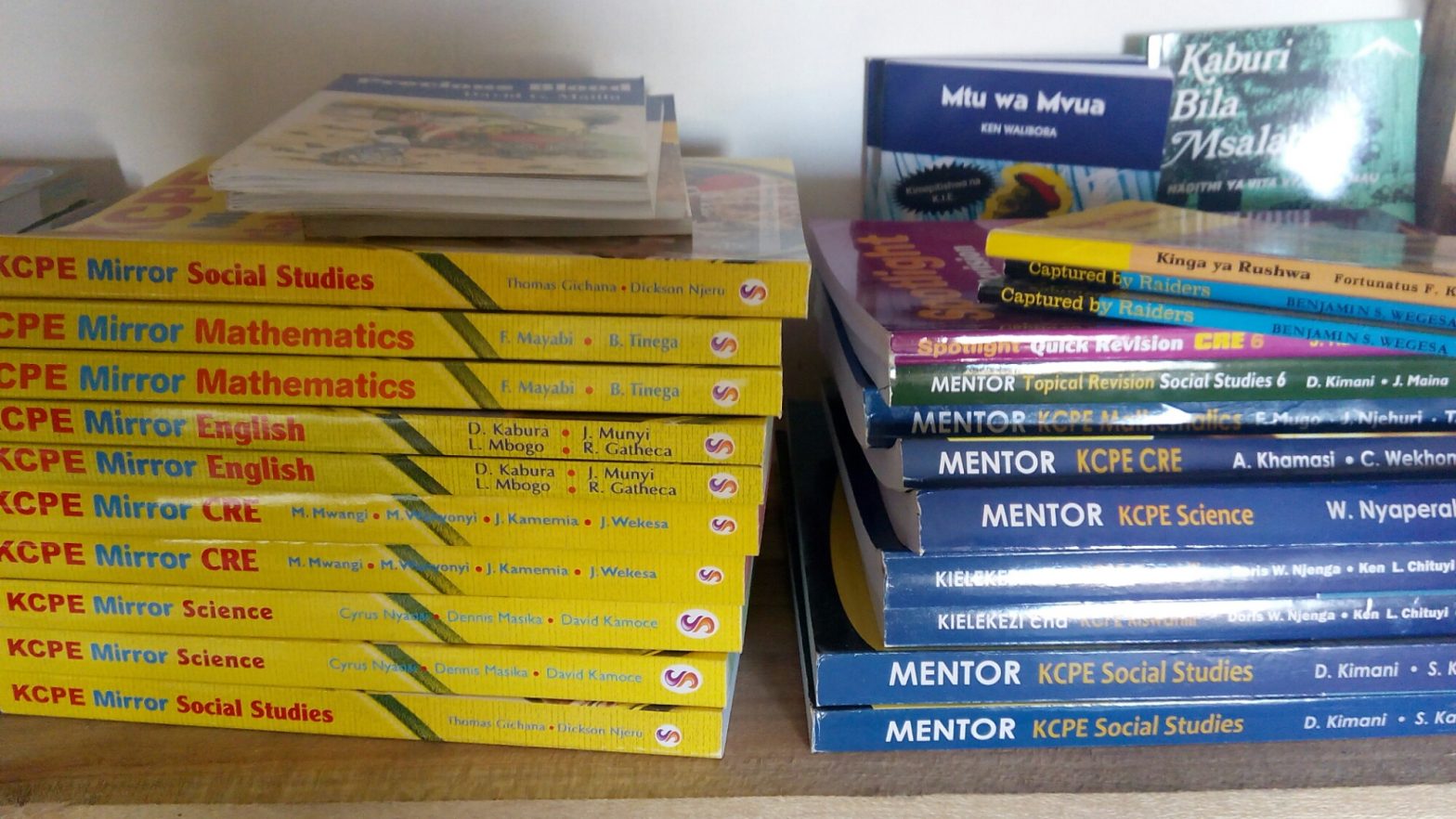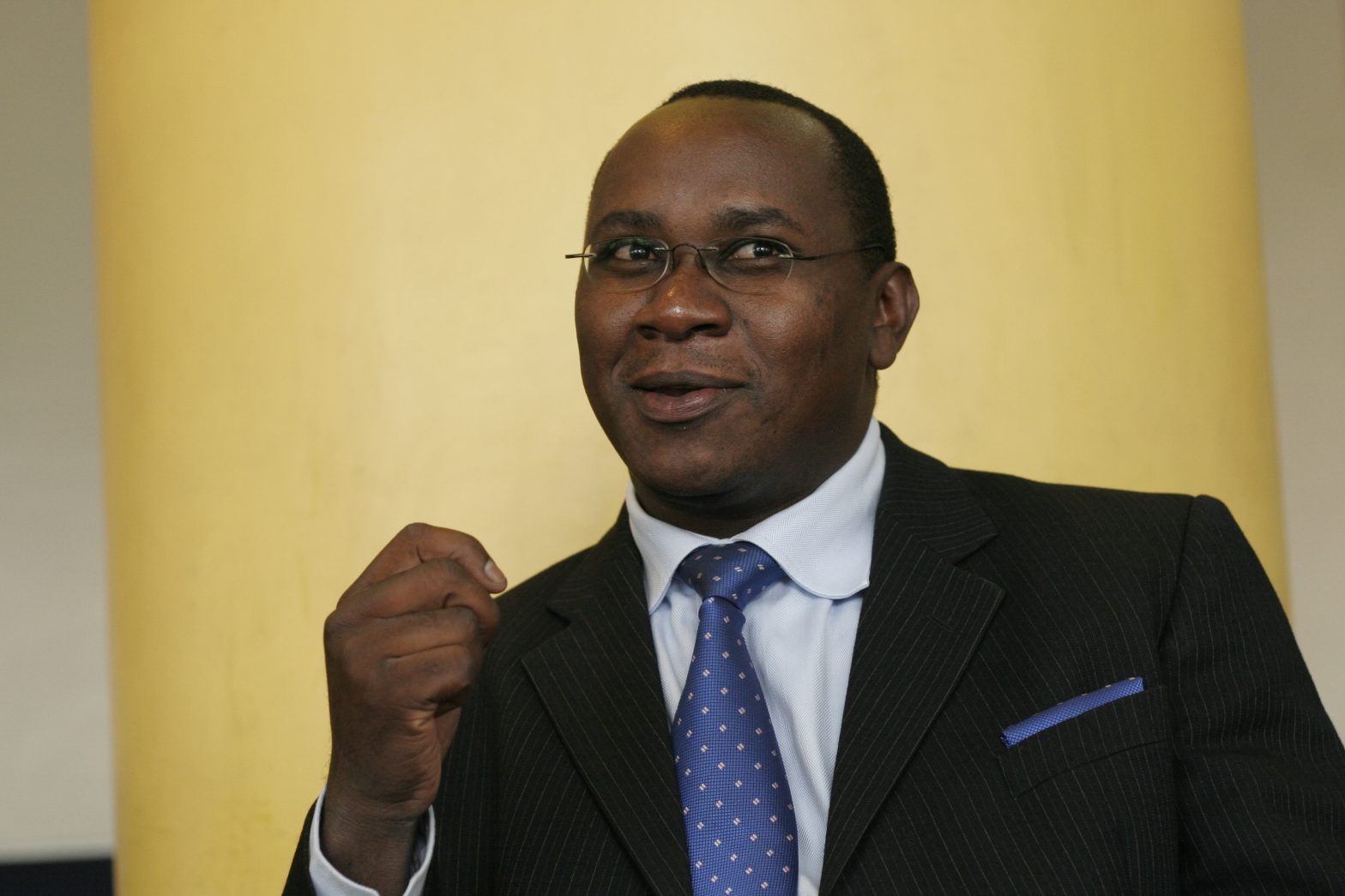When schools were opening, there were complaints all over, especially on social media, by folks, with kids in academies, expressing frustrations at how queues in bookstores were unmanageable. It was hectic.
However, let me give you the other side of the coin: public schools.
Parents with kids in public schools only needed to present their children in school and go back home. There, kids are supplied with all, repeat, all textbooks – the ones that you sweated all day in queues, to buy – for free!
Another thing, there is no sharing of books by pupils in public schools. If a pupil takes seven subjects, they get seven books, each per subject. You see, when Dr Fred Matiang’i was Education Cabinet Secretary, he fought hard to ensure that public schools attained the desired ratio of one textbook per pupil.
A few years back, free education money would be sent to school accounts for teachers to purchase the books from booksellers. While this money (they call it capitation) was barely enough, there was widespread corruption and pupils regularly went without textbooks.
Crooked head teachers would collude with equally crooked booksellers to pocket free education cash and provide air to schools. Meanwhile publishers would wait for booksellers to make orders to no avail.
Their warehouses would be filled with books that were not moving, simply because booksellers were not making orders and the losses kept mounting!
All this time records in schools indicated that book purchases had been made, only that head teachers, had pocketed the money – after splitting it halfway with booksellers – to replenish their side hustles, finance their side dishes or build shiny new houses in the villages.
Then enter Matiang’i? With a single blow he busted the cartels, by knocking booksellers off the supply chain and ordering publishers to deliver books directly to schools.
And you wondered how pupils from public primary schools nowadays are able to beat their counterparts in private schools, in KCPE? Simple, they now have books…
Next: how Matiang’i made this possible…



